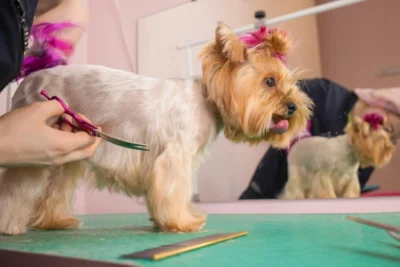In the realm of nonprofit organizations, impact is the holy grail. It’s the measure of how effectively an organization is…

How to Use Flash Memory Duplicators for Efficient Data Archiving
January 31, 2024

Creative Product Video Examples That Will Inspire Your Next Campaign
January 31, 2024

Social Media Management: Strategies, Implementation, and Tools
January 19, 2024
Legal representation is not just a privilege; it’s a fundamental right that underpins the very fabric of a fair and…
In today’s fast-paced and highly competitive business landscape, enhancing a company’s bottom line is more crucial than ever. Achieving this…
As the temperatures drop and snowflakes start to fall, parents everywhere gear up to tackle the challenges of keeping their…
If you’re someone who loves to exercise and explore, it’s likely that you’ve already started planning your next trip abroad…
With the growing concern for critical health issues, and environmental and animal welfare, the demand for chicken substitutes is growing…
Updating an old house can be a rewarding adventure, blending the charm of the past with the convenience and style…
Your garage might be one of the most underutilized spaces in your home, but it holds immense potential for transformation.…
Grooming your Shih Tzu isn’t just about keeping them clean; it’s an art form that enhances their beauty and ensures…
In the current digital-dominated market, the inclusion of SMS (Short Message Service) and MMS (Multimedia Messaging Service) in a business’s…










